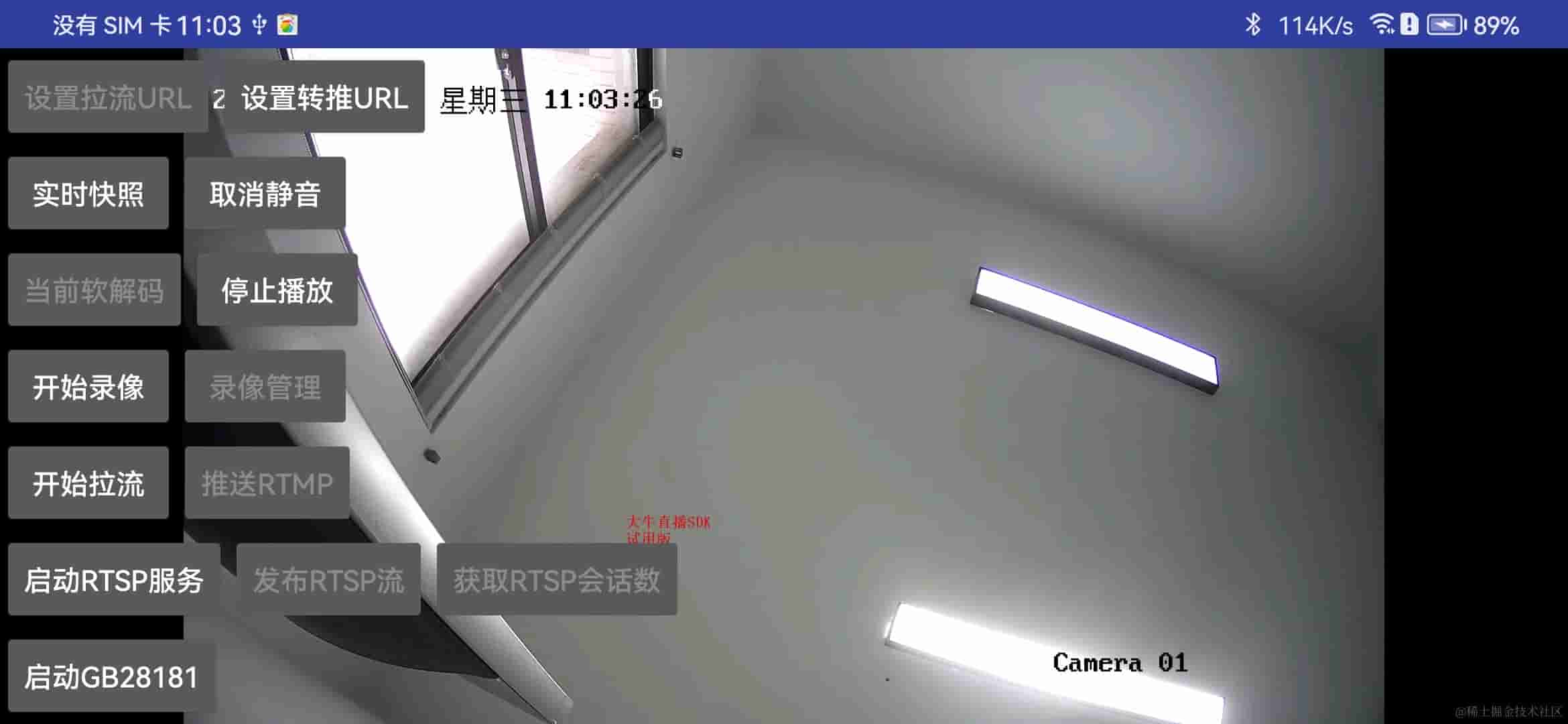返回
轻松掌握Vue.extend方法,打造自定义组件
前端
2023-10-26 01:48:24
学习Vue源码(二):手写Vue.extend方法
现在我们开始创建我们自己的Vue.extend方法,让我们一步一步来:
-
新建项目并安装Vue
首先,我们需要创建一个新的项目。你可以使用你喜欢的任何脚手架工具,比如vue-cli。
vue create vue-extend-example然后,进入项目目录并安装Vue。
cd vue-extend-example npm install vue -
在项目中创建src文件夹
在项目根目录下,创建src文件夹,并将所有源代码放在里面。
-
创建Vue.extend方法
在src文件夹中,创建一个名为vue-extend.js的文件,并将以下代码复制到其中:
// 导入Vue import Vue from 'vue'; // 创建Vue.extend方法 Vue.extend = function (options) { // 检查options参数是否为对象 if (typeof options !== 'object') { throw new Error('Vue.extend() requires an object as the first argument.'); } // 创建一个新的Vue构造器 const Constructor = function VueComponent(options) { this._init(options); }; // 继承Vue的原型 Constructor.prototype = Object.create(Vue.prototype); // 将options合并到新的Vue构造器的原型中 for (const key in options) { if (key !== 'data') { Constructor.prototype[key] = options[key]; } } // 将data选项特殊处理 if (options.data) { Constructor.prototype.data = function () { return typeof options.data === 'function' ? options.data.call(this) : options.data; }; } // 返回新的Vue构造器 return Constructor; }; -
在main.js中使用Vue.extend方法
在main.js文件中,导入Vue和vue-extend.js文件,然后创建一个名为MyComponent的组件,如下所示:
import Vue from 'vue'; import VueExtend from './vue-extend.js'; // 使用Vue.extend方法创建MyComponent组件 const MyComponent = VueExtend({ template: '<p>Hello, world!</p>' }); // 注册MyComponent组件 Vue.component('my-component', MyComponent); // 创建Vue实例 const app = new Vue({ el: '#app' }); -
运行项目
npm run serve -
打开浏览器并访问项目
你现在应该可以在浏览器中看到MyComponent组件了。
好了,这就是如何手写Vue.extend方法的全部内容。希望这对你有帮助!



